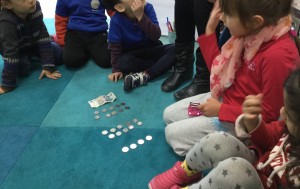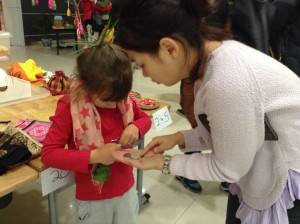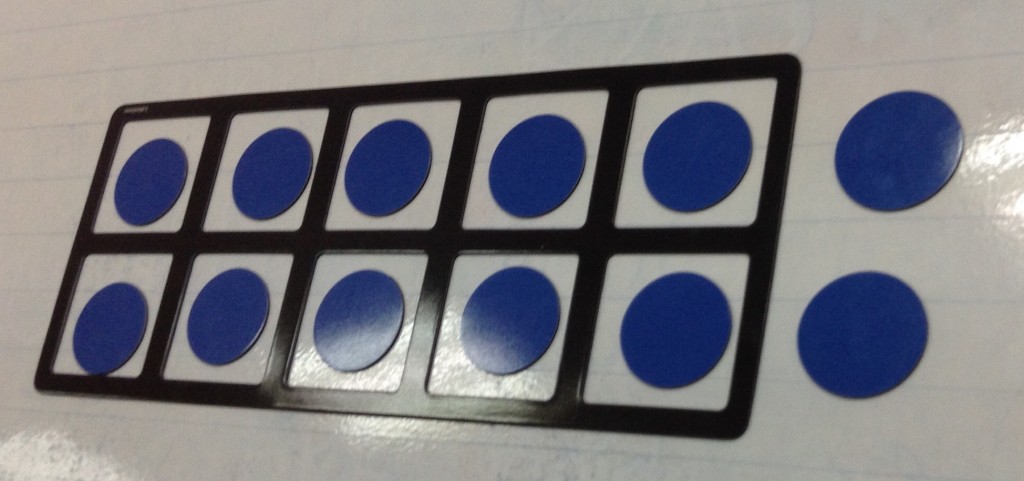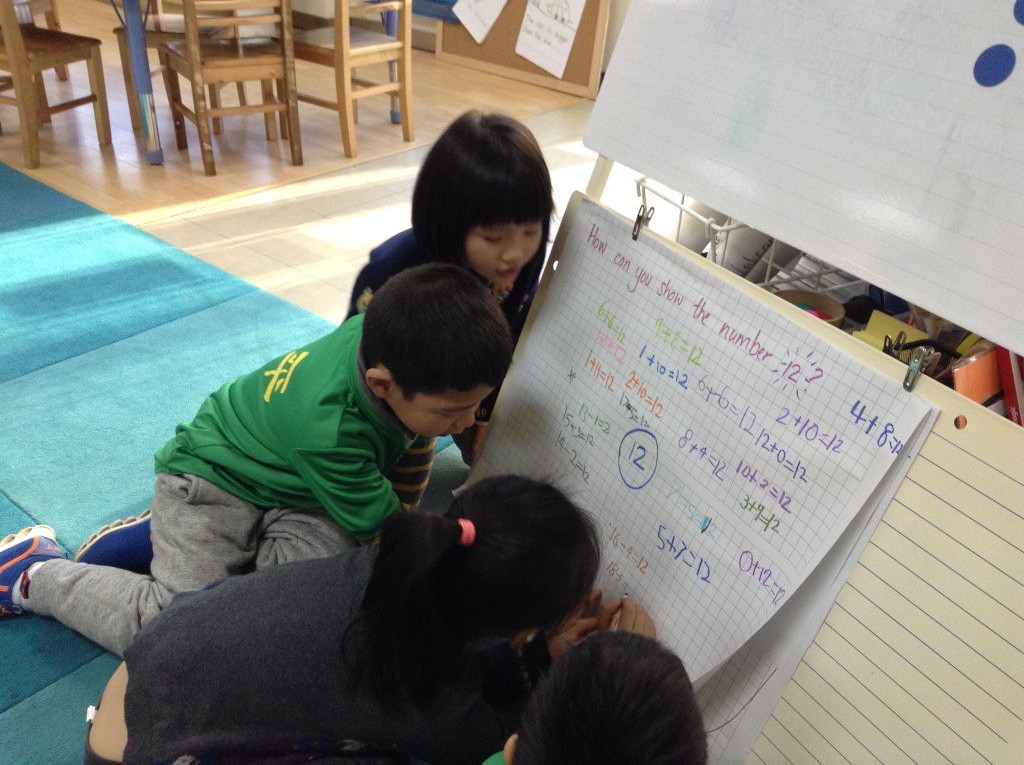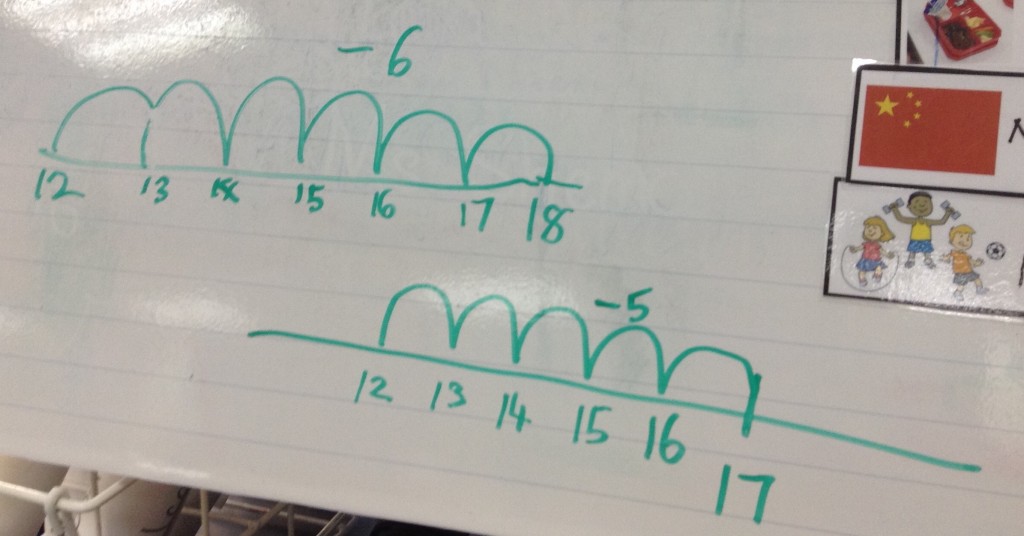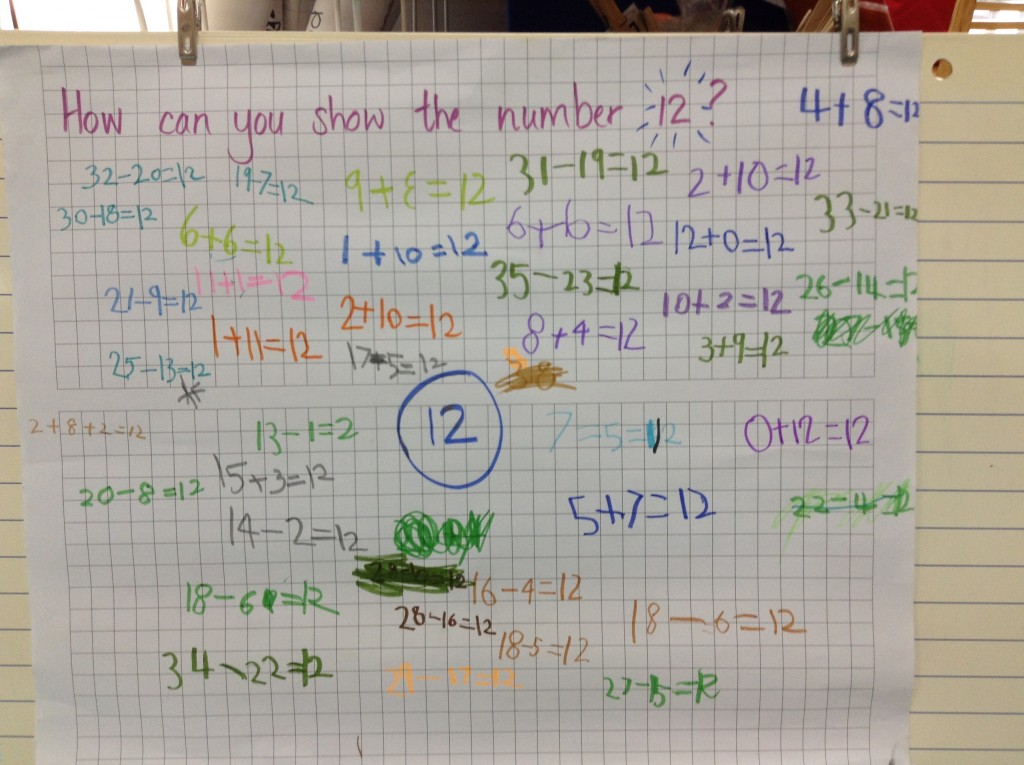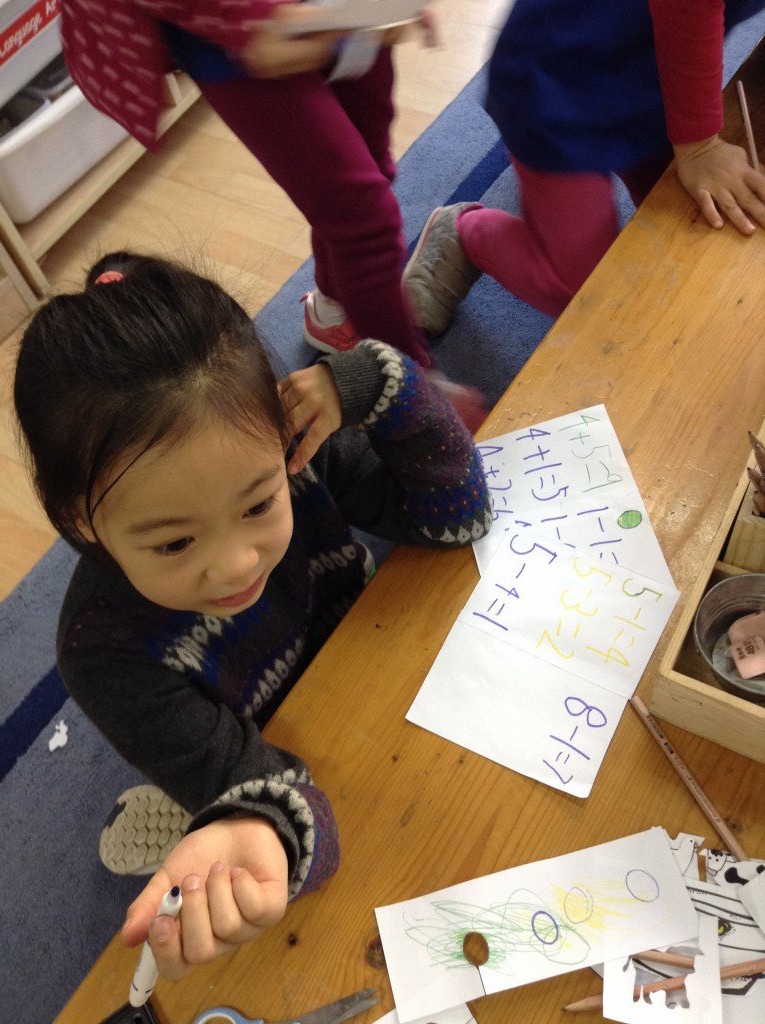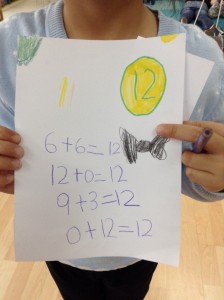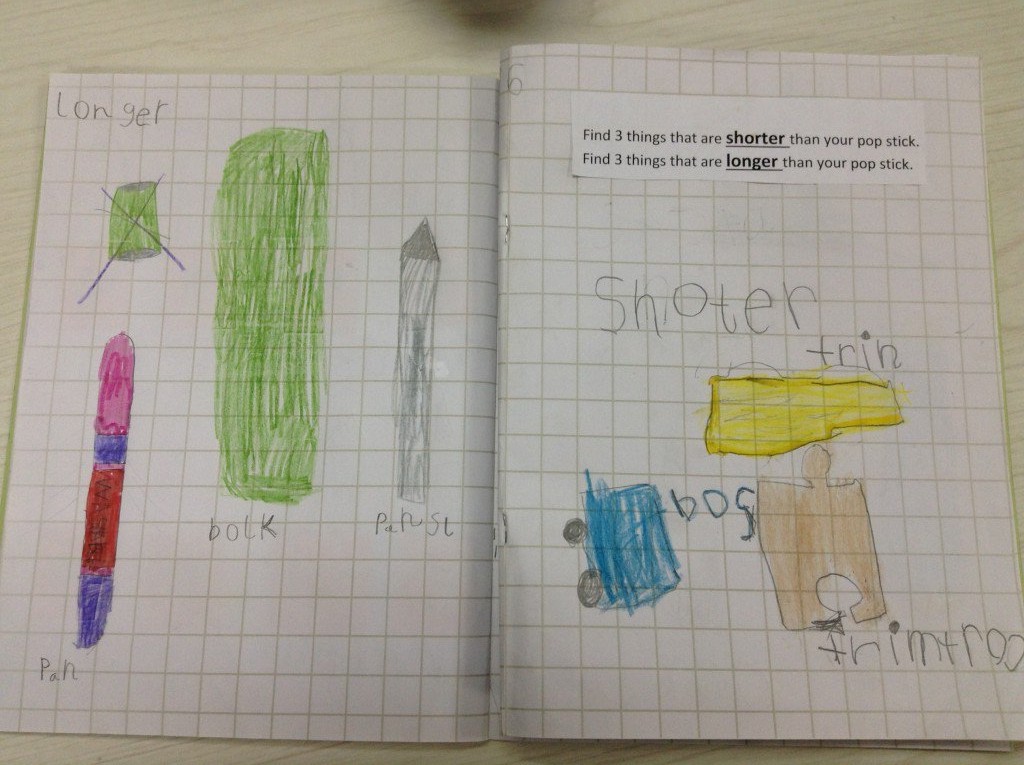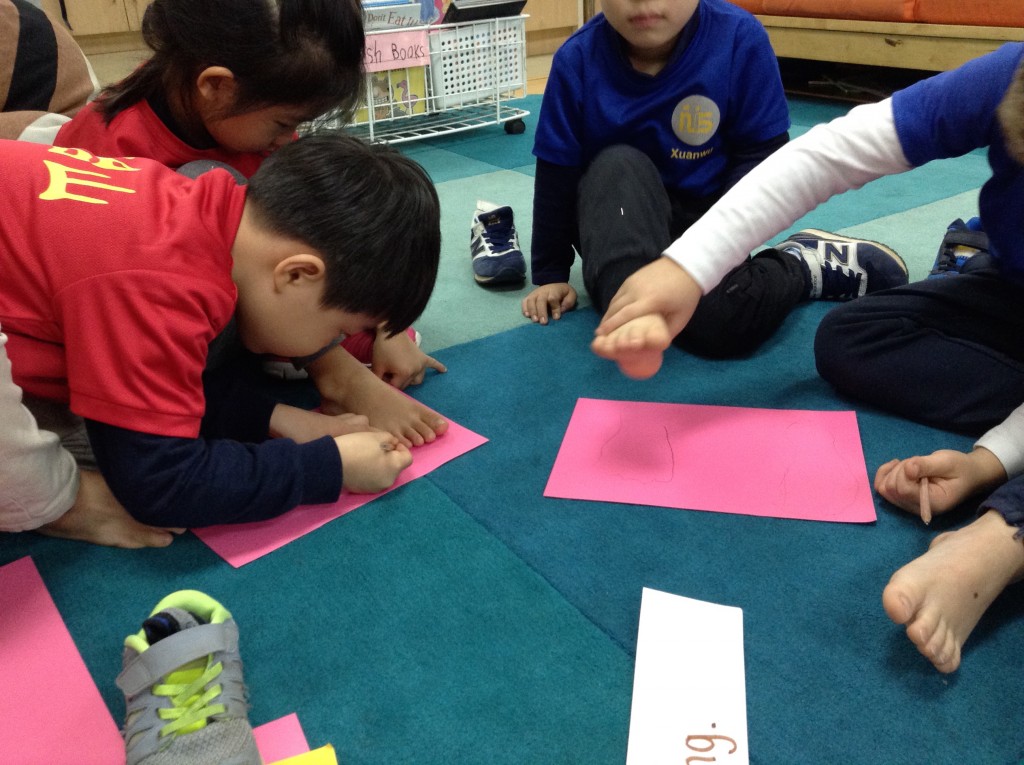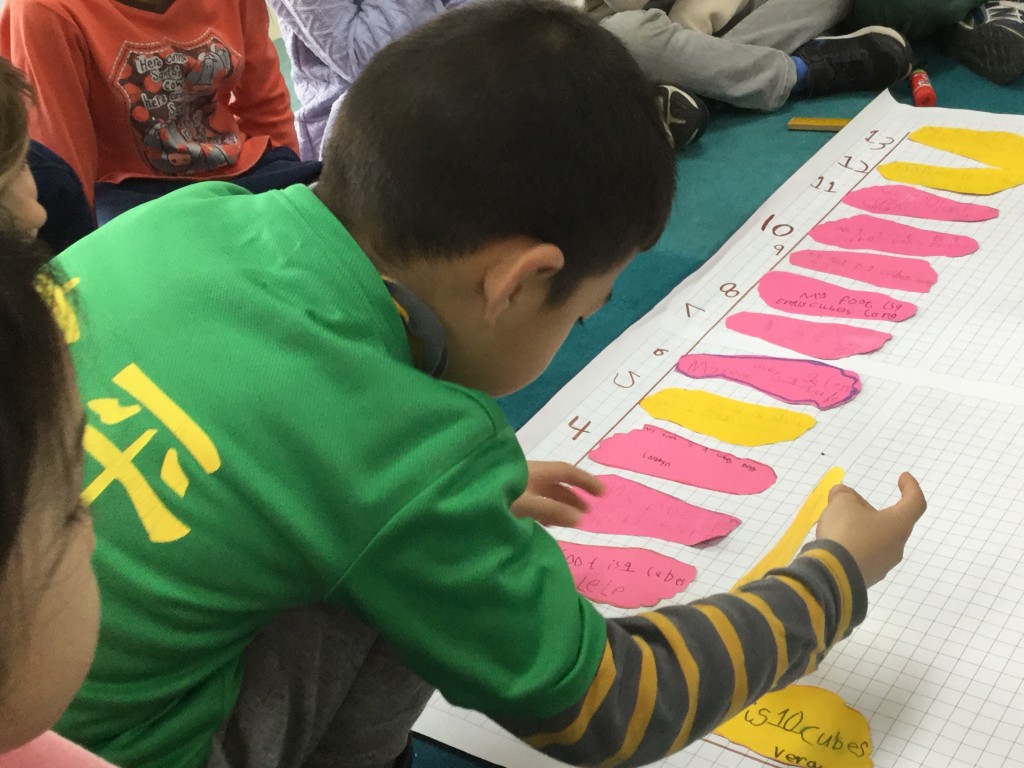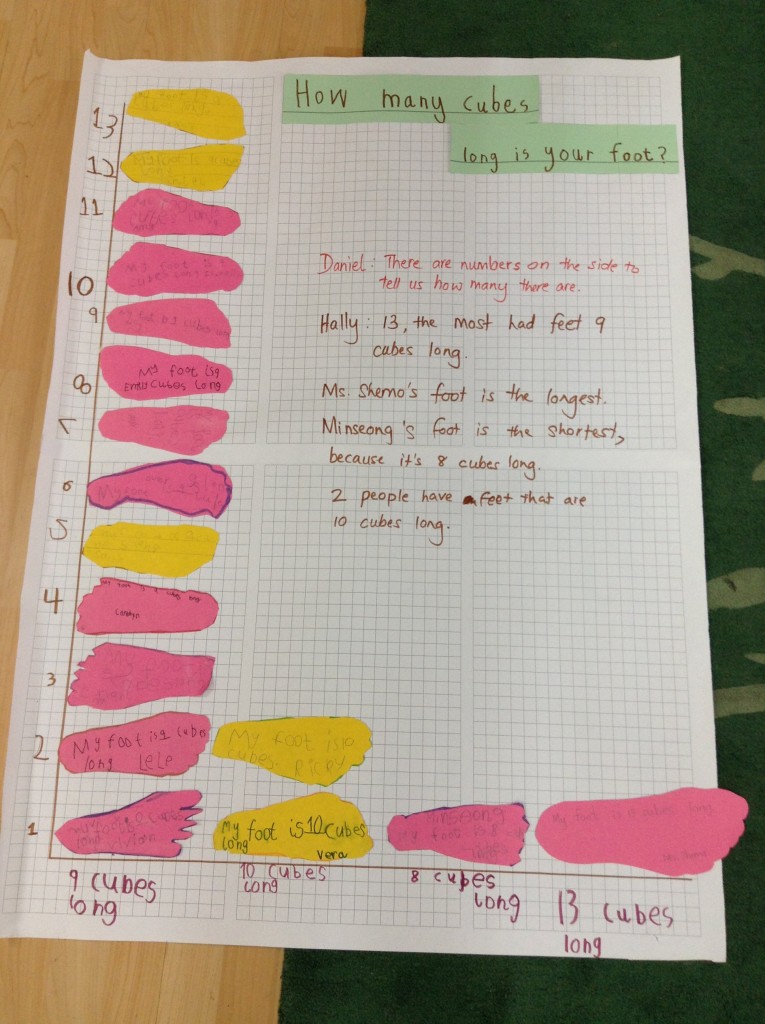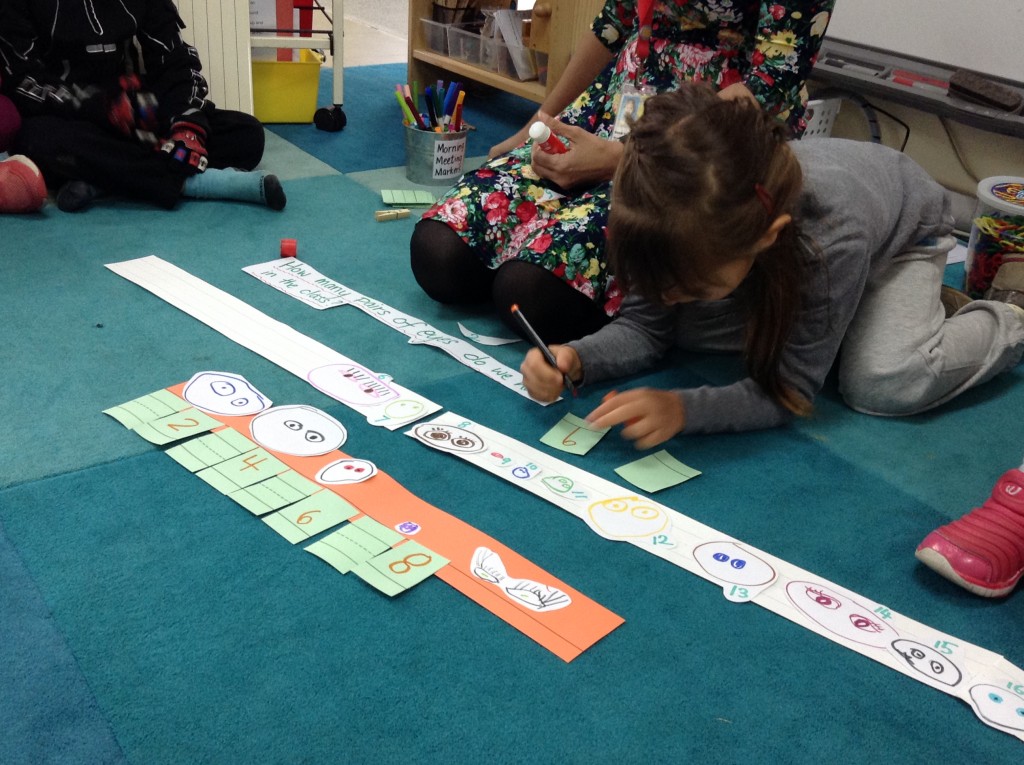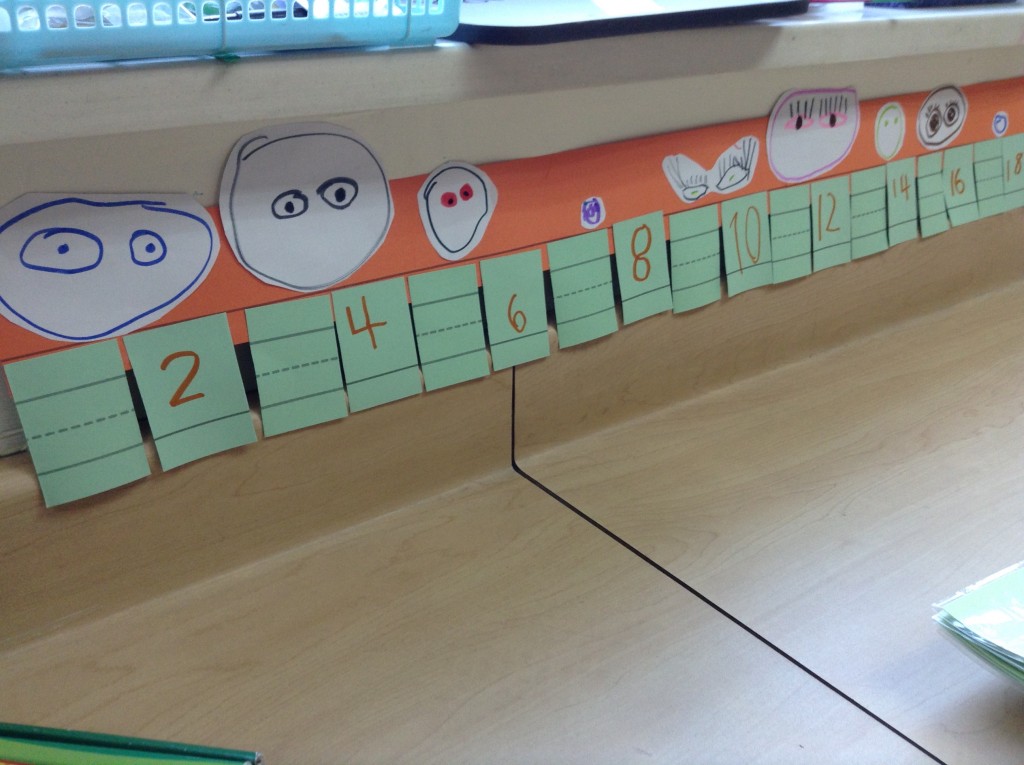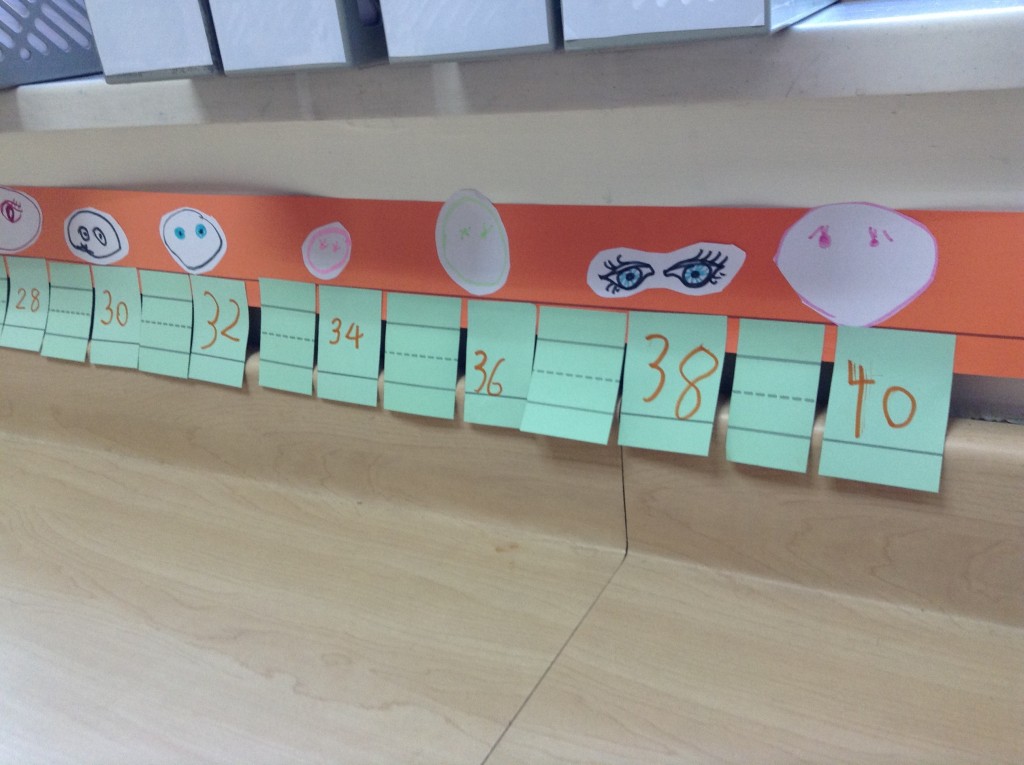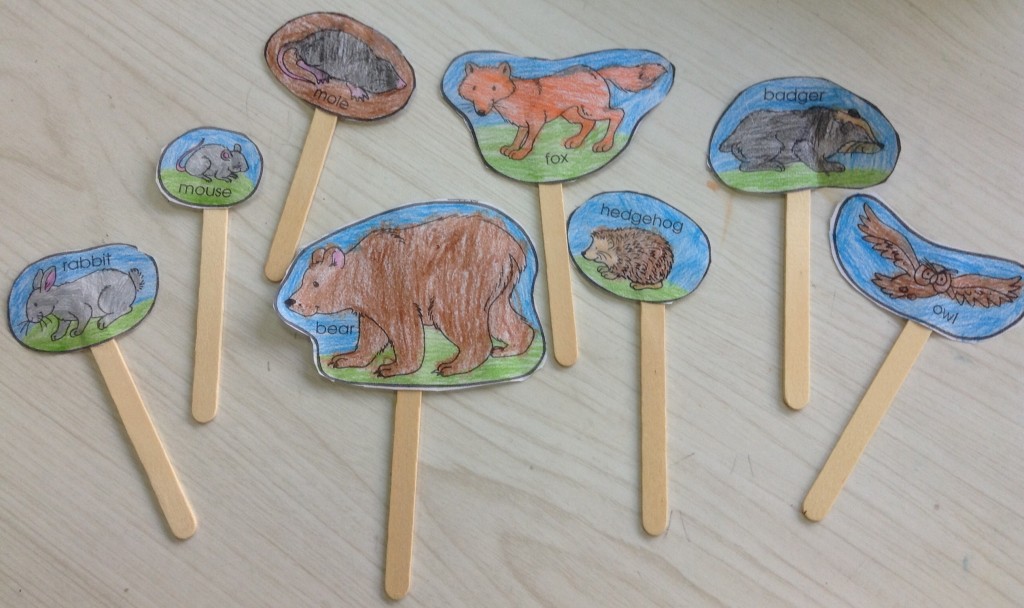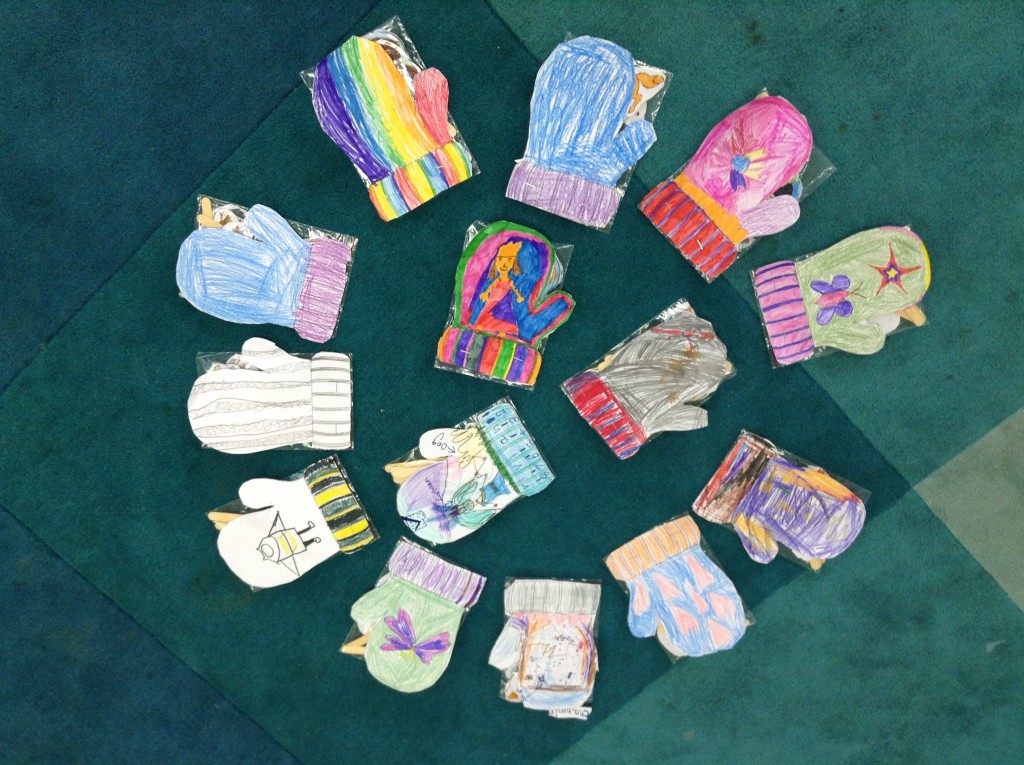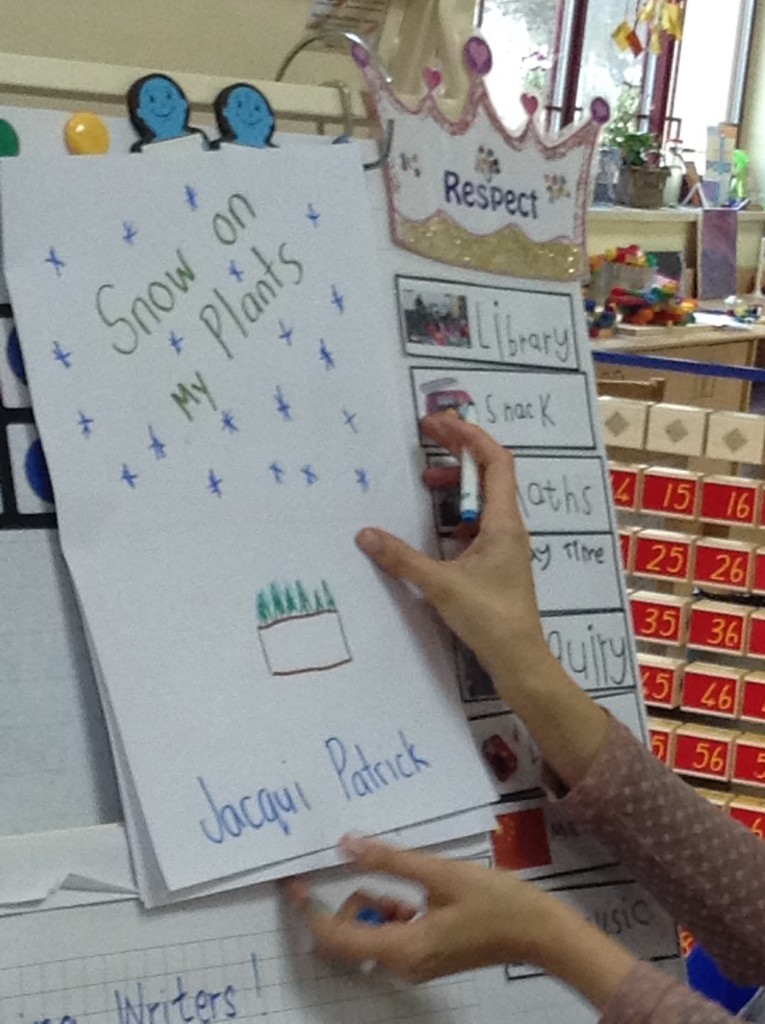Money
During this season students frequently observe people around them buying and selling goods, wrapping gifts and shopping for the coming year. We asked the students “What do you know about money?”
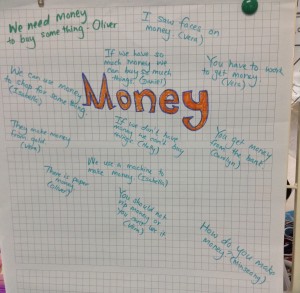
SLO’s: Money is used to buy and sell things. Understand that Yuan is the currency of China. Different things have different monetary values.
The students began to share some of their ideas:
- Oliver: We need money to buy something. There is paper money.
- Isabella: We can use money to shop for something. We use a machine to make money.
- Vera: I saw faces on money. You have to work to get money. They make money from gold. You should not trip money or you can’t use it.
- Carolyn: You have to get money from the bank.
- Daniel: If we have so much money we can buy so much things.
- Hally: If we don’t have money we can’t buy things.
- Minseong: How do you make money?
Some students brought in money to purchase trinkets and food. We had a closer look at the money. We talked about how much the different items will cost. We discussed how we need to first look around and think about the purchases we need to make. The students had to check out the items on sale, make choices, give the right amount, speak in Mandarin to the vendors and manage the money they had brought.
All the proceeds earned will go towards The ‘Amy Yang Foundation’. The foundation is set up to support Amy, a member of staff who is recovering after a serious accident.

